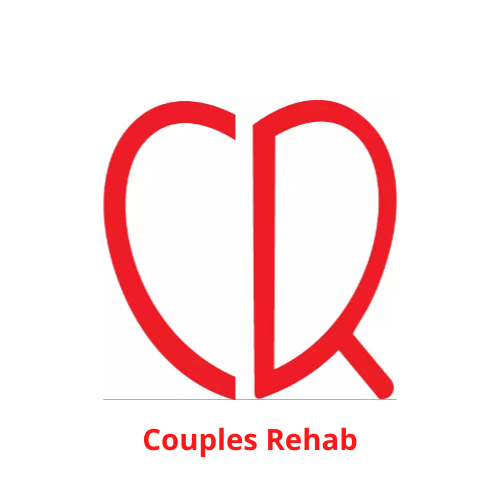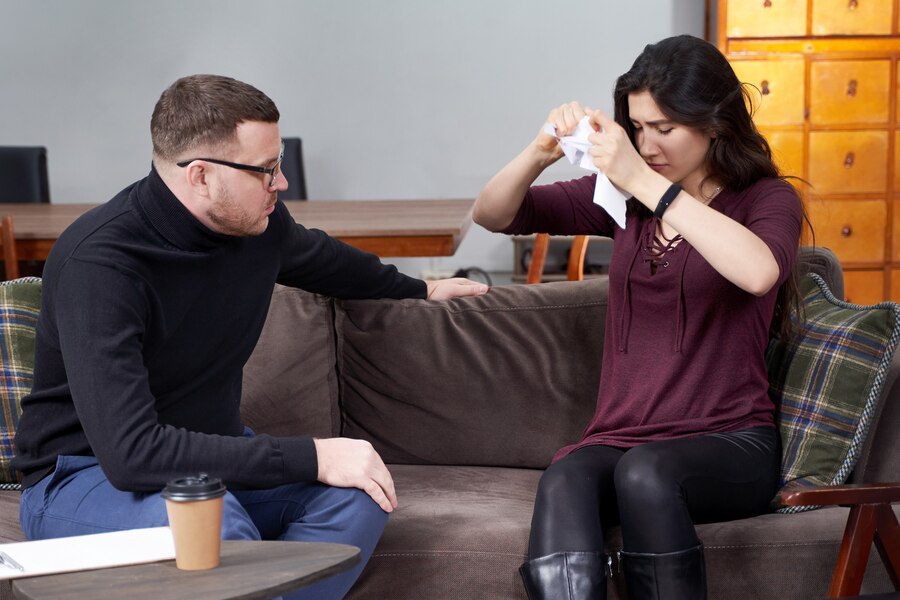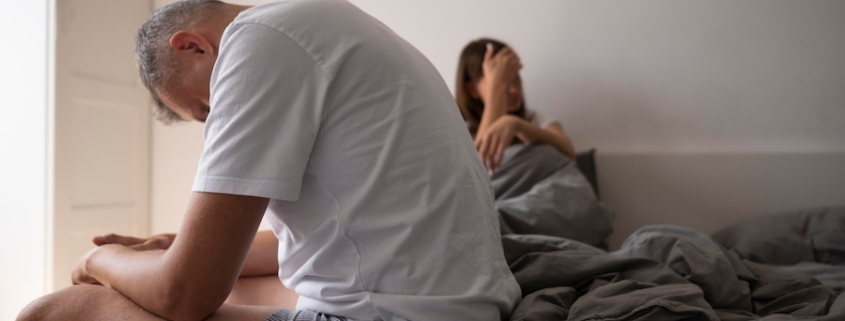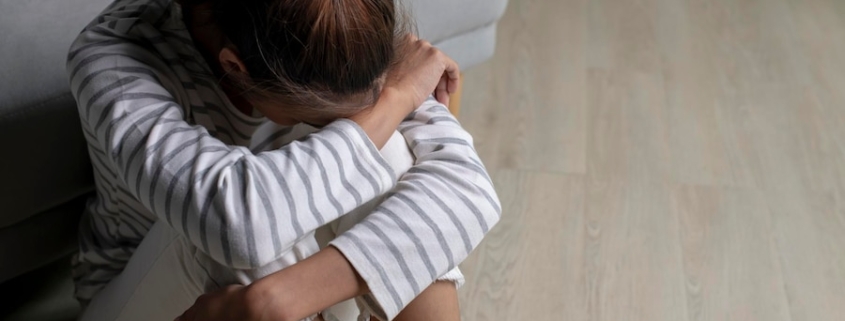Behavioral therapy is a cornerstone of substance abuse treatment, offering individuals effective tools to understand and manage their addiction. This approach focuses on modifying harmful behaviors and developing healthier coping mechanisms. In this guide, we will delve into the principles of behavioral therapy, explore its various types, and discuss its role in substance abuse treatment. Understanding these aspects can help individuals make informed decisions about their recovery journey.
Understanding Behavioral Therapy and Its Principles
Behavioral therapy is a psychological treatment aimed at changing maladaptive behaviors through various techniques and interventions. It is based on the principles of learning theory, which suggests that behaviors are learned and can be unlearned or modified. The core idea is that by identifying and altering negative behavior patterns, individuals can improve their overall well-being and reduce substance abuse.
The principles of behavioral therapy involve reinforcement, punishment, and conditioning. Positive reinforcement encourages desirable behaviors by providing rewards, while negative reinforcement involves removing unpleasant stimuli when the desired behavior occurs. Punishment, on the other hand, is used to decrease unwanted behaviors. By applying these principles, behavioral therapy helps individuals build new, healthier habits and overcome substance abuse.
The Role of Behavioral Therapy in Substance Abuse Treatment
Behavioral therapy plays a crucial role in substance abuse treatment by addressing the underlying behavioral patterns that contribute to addiction. It helps individuals identify triggers for substance use, develop coping strategies, and manage cravings. Through structured interventions, behavioral therapy promotes positive behavior changes and supports long-term recovery.
One of the key benefits of behavioral therapy is its focus on practical skills and strategies. Rather than just discussing the emotional aspects of addiction, it provides actionable tools that individuals can use in their daily lives. This approach helps individuals gain control over their addiction and work towards a healthier, substance-free lifestyle.
Key Types of Behavioral Therapy for Substance Abuse
Several types of behavioral therapy are commonly used in substance abuse treatment, each with its own techniques and focus areas. These therapies are designed to address various aspects of addiction and support individuals in their recovery journey. Key types include:
- Cognitive Behavioral Therapy (CBT): Focuses on changing negative thought patterns and behaviors related to substance use.
- Dialectical Behavior Therapy (DBT): Combines cognitive-behavioral techniques with mindfulness and emotional regulation strategies.
- Motivational Interviewing (MI): Enhances an individual’s motivation to change by exploring and resolving ambivalence.
- Contingency Management: Uses rewards and incentives to reinforce positive behaviors and abstinence.
Each of these therapies offers unique benefits and can be tailored to meet the specific needs of individuals in recovery.
Cognitive Behavioral Therapy (CBT): Techniques and Benefits
Cognitive Behavioral Therapy (CBT) is a widely recognized and evidence-based approach to treating substance abuse. CBT focuses on identifying and changing negative thought patterns and behaviors that contribute to addiction. Techniques used in CBT include cognitive restructuring, behavioral experiments, and skill-building exercises.
The benefits of CBT include its structured approach and emphasis on practical skills. It helps individuals recognize and challenge distorted thinking patterns, develop healthier coping strategies, and improve problem-solving skills. By addressing both cognitive and behavioral aspects of addiction, CBT supports individuals in making lasting changes and achieving long-term recovery.
Dialectical Behavior Therapy (DBT) in Substance Abuse Recovery
Dialectical Behavior Therapy (DBT) is an adaptation of Cognitive Behavioral Therapy (CBT) that incorporates mindfulness and emotional regulation techniques. DBT is particularly effective for individuals with substance abuse issues and co-occurring mental health disorders, such as borderline personality disorder.
In DBT, individuals learn skills to manage intense emotions, improve interpersonal relationships, and practice mindfulness. The therapy includes components such as individual therapy, group skills training, and phone coaching. By integrating these elements, DBT helps individuals develop a balanced approach to recovery and manage the complex emotional challenges associated with substance abuse.

Motivational Interviewing: Enhancing Motivation for Change
Motivational Interviewing (MI) is a client-centered therapy designed to enhance motivation and resolve ambivalence about changing substance use behaviors. MI is based on the principle that individuals are more likely to make positive changes when they are actively engaged in the process and feel supported in their decisions.
MI techniques include open-ended questions, reflective listening, and summarizing. These techniques help individuals explore their own reasons for change, address any doubts or resistance, and build confidence in their ability to succeed. By fostering a collaborative and empathetic therapeutic relationship, MI supports individuals in making meaningful and lasting changes in their substance use behaviors.
Contingency Management: Using Rewards to Promote Abstinence
Contingency Management (CM) is a behavioral therapy approach that uses rewards and incentives to reinforce positive behaviors, such as abstinence from substance use. CM is based on the principle of operant conditioning, where desirable behaviors are encouraged through positive reinforcement.
In CM, individuals earn rewards for demonstrating abstinence or achieving treatment milestones. These rewards can vary from small prizes to larger incentives, depending on the program. The use of tangible rewards helps motivate individuals to stay engaged in their recovery and reinforces their commitment to maintaining abstinence.
The Importance of Behavioral Activation in Recovery
Behavioral Activation (BA) is a therapeutic approach that focuses on increasing engagement in positive and rewarding activities as a way to improve mood and reduce substance use. BA is based on the idea that a lack of activity and engagement in meaningful activities can contribute to depression and relapse.
In BA, individuals work with their therapist to identify and schedule activities that align with their values and interests. This approach helps individuals overcome inertia, build a sense of accomplishment, and improve overall well-being. By incorporating rewarding activities into their daily routine, individuals can enhance their recovery process and sustain long-term sobriety.
Integrating Behavioral Therapy with Other Treatment Approaches
Integrating behavioral therapy with other treatment approaches can enhance the effectiveness of substance abuse treatment. Combining behavioral therapy with medical interventions, such as medication-assisted treatment (MAT), and holistic therapies, such as mindfulness and exercise, provides a comprehensive approach to recovery.
This integration allows for a more individualized treatment plan that addresses various aspects of addiction and supports overall well-being. By combining different therapeutic modalities, individuals can benefit from a holistic and multifaceted approach to their recovery journey.
Addressing Co-Occurring Disorders Through Behavioral Therapy
Many individuals with substance abuse issues also experience co-occurring mental health disorders, such as anxiety, depression, or bipolar disorder. Behavioral therapy is effective in addressing these co-occurring disorders by providing targeted interventions and support.
Integrated treatment plans that address both substance abuse and co-occurring disorders are essential for achieving comprehensive recovery. Behavioral therapy techniques, such as CBT and DBT, can be adapted to address the specific needs of individuals with co-occurring disorders, ensuring a more effective and personalized treatment approach.
The Impact of Behavioral Therapy on Long-Term Recovery
Behavioral therapy plays a vital role in supporting individuals through their recovery from substance abuse. By addressing negative behaviors, enhancing motivation, and integrating various therapeutic approaches, behavioral therapy helps individuals build a solid foundation for long-term sobriety.
If you or a loved one is struggling with substance abuse, reach out to Couples Rehab today. Our team is dedicated to providing comprehensive and personalized behavioral therapy to support your journey to recovery.
FAQs
What are behavioral therapy methods, and how do they help with substance abuse? Behavioral therapy methods focus on identifying and changing unhealthy behaviors associated with substance abuse. These techniques teach individuals new coping mechanisms and relapse prevention strategies.
What is cognitive-behavioral therapy (CBT) and how is it used in substance abuse treatment? CBT helps individuals recognize and challenge negative thought patterns that contribute to substance abuse. It focuses on developing healthier coping mechanisms and problem-solving skills.
How does dialectical behavior therapy (DBT) differ from CBT in substance abuse treatment? DBT is particularly effective for individuals with emotional dysregulation. It combines CBT with mindfulness techniques to help manage intense emotions and improve interpersonal skills.
What is motivational interviewing, and how does it encourage behavior change in substance abuse treatment? Motivational interviewing is a client-centered approach that helps individuals explore their reasons for change and build motivation to overcome substance abuse challenges.
How can behavioral therapy help prevent relapse in substance abuse recovery? Behavioral therapy equips individuals with tools to identify triggers, manage cravings, and develop healthy coping mechanisms, reducing the risk of relapse.
Is behavioral therapy effective for treating co-occurring disorders with substance abuse? Yes, behavioral therapy can address underlying mental health conditions that often contribute to substance abuse. It helps individuals develop coping strategies for both disorders.
How long does behavioral therapy typically take to show results in substance abuse treatment? The duration of behavioral therapy varies depending on individual needs and treatment goals. Progress may be gradual, but consistent participation is key to long-term success.
Can behavioral therapy be combined with other forms of treatment for substance abuse? Absolutely, behavioral therapy often complements other treatment modalities, such as medication-assisted treatment and support groups, to enhance overall recovery outcomes.
Are there specific behavioral therapy techniques for different types of substances? While the core principles of behavioral therapy remain the same, treatment plans may be tailored to address specific substances and their associated behaviors.
How can I find a qualified therapist who specializes in behavioral therapy for substance abuse? Research therapists with experience in substance abuse treatment and specific behavioral therapy modalities. Seeking recommendations from healthcare providers or support groups can also be helpful.




















